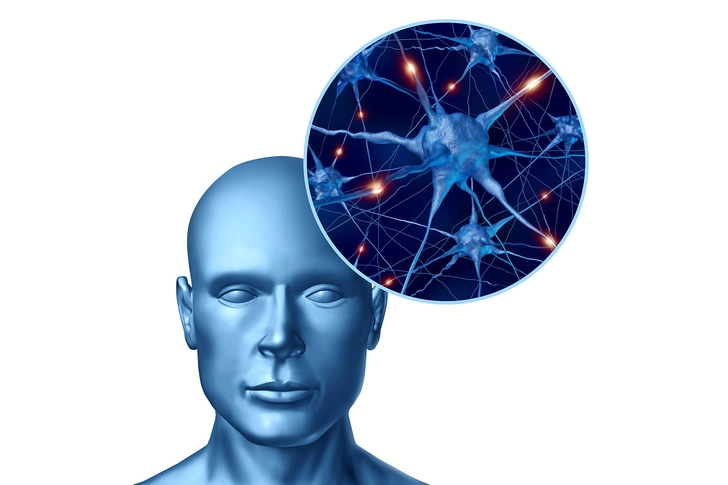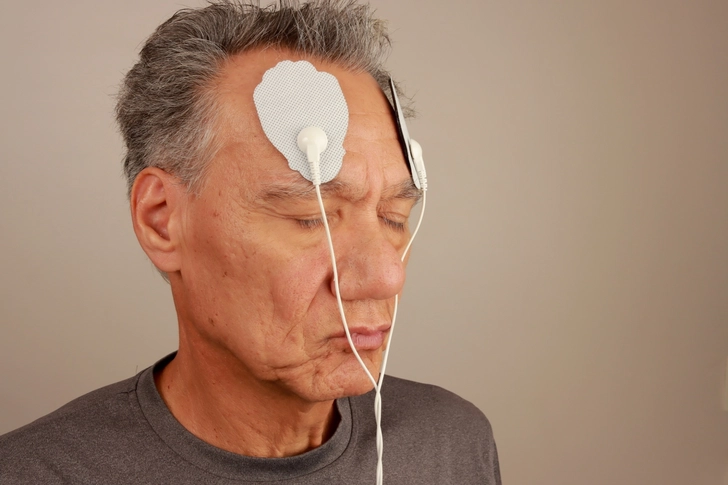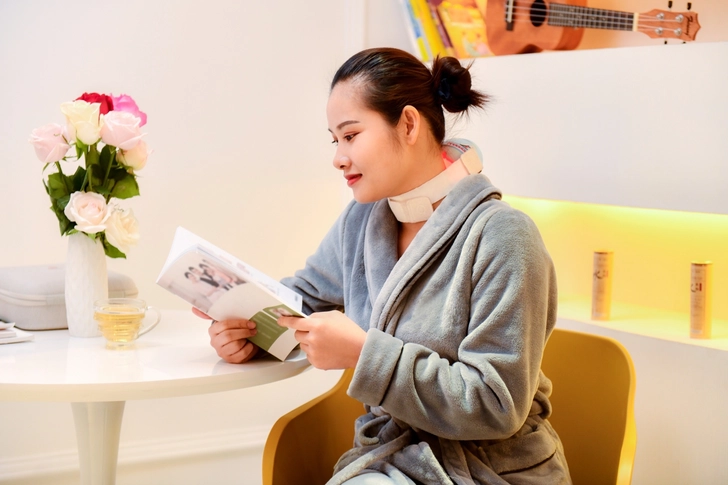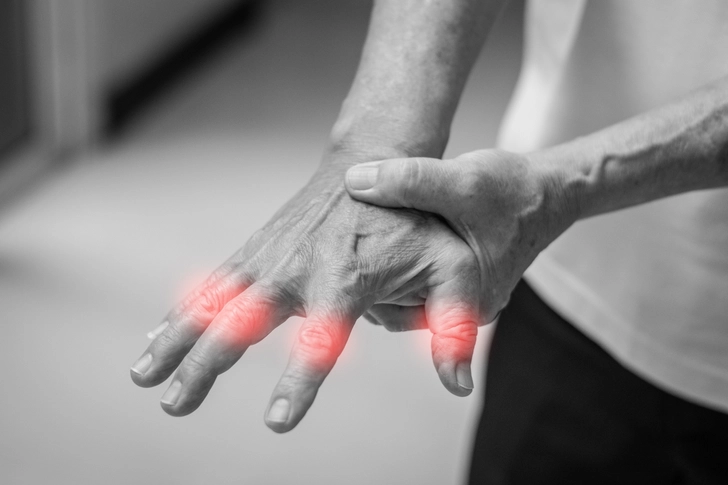- Headaches Overview
- Migraine
- Cluster & Tension Headaches
- Other Types of Headaches
- Appointment Prep
- View Full Guide
Nerve Stimulation for Migraines


Nerve Stimulation for Migraines
Electrical nerve stimulation (ENS) offers relief for people with chronic migraine, especially those who don't respond to medication. Using specific devices, ENS targets nerves linked to migraine pain, offering a new treatment option.

How ENS Works
ENS devices target specific nerves with a harmless electrical current to try to shut down a migraine. These nerves play a role in facial sensation, heart rate, and pain perception. By stimulating these nerves, ENS can reduce migraine frequency and intensity.

Transcutaneous Supraorbital Nerve Stimulation
This is also called external trigeminal nerve stimulation (e-TNS). To prevent a migraine, you put it on your forehead for 20 minutes every day. If you do get a migraine, you can put it on for up to an hour to treat the pain.

Noninvasive Vagus Nerve Stimulation
This treatment also works through your skin, but it targets the vagus nerve in the sides of your neck. You hold it to the side of your neck for two minutes, three times a day. When you have a migraine, you can use it when you feel pain, then again after 20 minutes.

Remote Electrical Neuromodulation
This treatment works on the idea that stimulating nerves in one part of the body will short-circuit the pain response in another part. It's a cuff you wrap around your upper arm that applies an electrical pulse to the nerves, and you control it with a smartphone app.

Occipital Nerve Stimulation
This is a surgery where wires are implanted under the skin at the base of your skull, just above your neck. They're attached to a small generator that's sewn inside your body, usually under your collarbone or in your abdomen. Doctors are using it off-label or experimentally for people who don't respond to drug treatment.

Side Effects and Research
Common side effects of ENS include tingling, headaches, and sleepiness. While many devices show promise in initial studies, ongoing research is necessary to confirm long-term benefits.
PHOTO CREDENTIALS
Slide 1 - Branislav Nenin/Shutterstock
Slide 2 - Lightspring/Shutterstock
Slide 3 - Marcos Casiano/Shutterstock
Slide 4 - Kenny CMK/Shutterstock
Slide 5 - Microgen/Shutterstock
Slide 6 - Silver Place/Shutterstock
Slide 7 - BlurryMe/Shutterstock
SOURCES:
Cureus: "The Use of Electrical Nerve Stimulation to Treat Migraines: A Systematic Review."
American Migraine Foundation: "Spotlight On: Medication Overuse Headache," "Neuromodulation for migraine treatment: An overview."
Harvard Health Publishing: "Migraine headaches: Could nerve stimulation help?"
UpToDate: "Acute treatment of migraine in adults."
Neuromodulation: "Cervical Noninvasive Vagus Nerve Stimulation for Migraine and Cluster Headache: A Systematic Review and Meta-Analysis."
Cefaly.com.
Cephalalgia: "Acute migraine therapy with external trigeminal neurostimulation (ACME): A randomized controlled trial."
Neurology: "Migraine prevention with a supraorbital transcutaneous stimulator."
The Journal of Headache and Pain: "Neuromodulation techniques for acute and preventive migraine treatment: a systematic review and meta-analysis of randomized controlled trials," "Non-invasive vagus nerve stimulation for acute treatment of high-frequency and chronic migraine: an open-label study," "Remote electrical neuromodulation (REN) in the acute treatment of migraine: a comparison with usual care and acute migraine medications."
American Headache Society: "Noninvasive occipital and trigeminal neuromodulation technology cleared by FDA for the acute treatment of migraine."
Relivion MG User Manual for Patients.
63rd Annual Scientific Meeting American Headache Society, June 3-6, 2021.
gammaCore.com.
U.S. Pharmacist: "gammaCore Noninvasive Vagus Nerve Stimulator."
Instructions for Use for gammaCore Sapphire SLC.
Pain Reports: "Safety and efficacy of remote electrical neuromodulation for the acute treatment of chronic migraine: an open-label study."
Nerivio.com.
Nerivio QuickStart Guide.
News release, Theranica.
BlueCross BlueShield of North Carolina: "Corporate Medical Policy: Occipital Nerve Stimulation."
Mayo Clinic: "Occipital nerve stimulation: Effective migraine treatment?"
Pain and Therapy: "Occipital Nerve Stimulation in Chronic Migraine: The Relationship Between Perceived Sensory Quality, Perceived Sensory Location, and Clinical Efficacy—A Prospective, Observational, Non-Interventional Study."
Pain Physician: "Occipital Nerve Stimulation for Refractory Chronic Migraine: Results of a Long-Term Prospective Study."